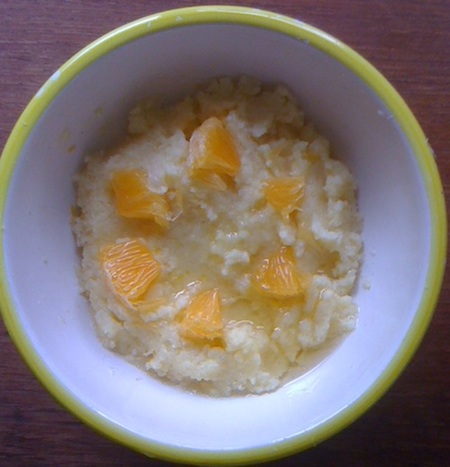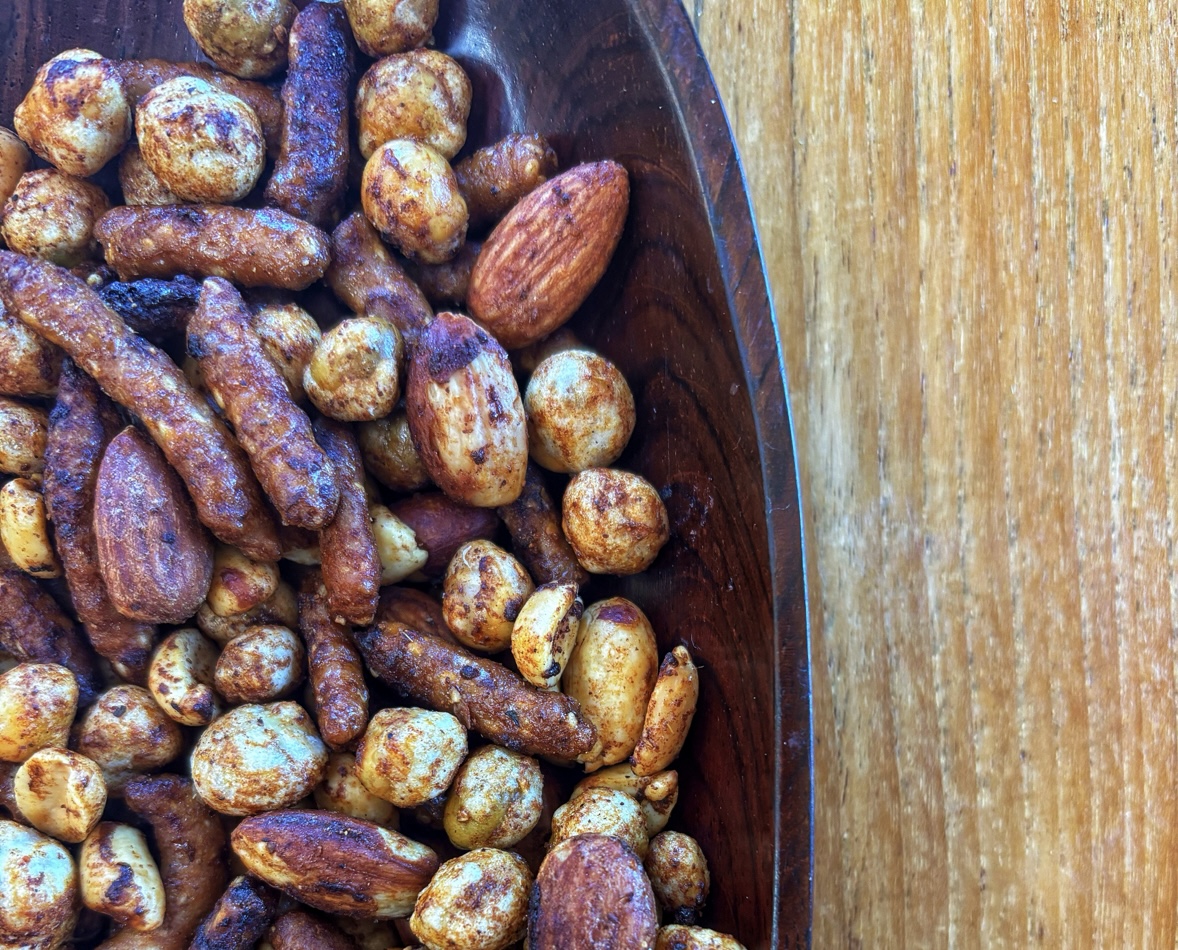
Italian cuisine has often been referred to as peasant food. In the South, Italians filled their bellies with delicious pasta, while the Northern Italians survived on a corn meal mush called polenta. Just as pasta has helped define a culture and heritage of this country, so too has this Italian-style ‘grits’, and it is a dish that is increasingly supplanting pasta on the plates of restaurants and homes here in the United States.
Despite its growing popularity, polenta’s reputation for taking a long time to prepare has kept it from being fully embraced in the U.S. As explained in “A Mediterranean Feast” by Clifford A. Wright, “Polenta is traditionally made in an all-copper concave cauldron called a paili, stirring the cornmeal in one direction for almost an hour.”
That is exactly how I remember it being prepared one sunny day several years ago in Piedmont. As I sat and watched Francesca tend to the polenta, slowly stirring the porridge (and occasionally shouting to the men in the other room to make sure that everyone’s glasses were filled with wine), she encouraged me to sit down. “Come sit down next to me,” she said to me in her sweet little voice. “I’ll show you how to make it.”
Her instructions were as follows:
“Start with a thick bottomed pot, and a diffuser if needed to keep things from burning. Use a one to five ratio of cornmeal to water. Place water in the pot and when it boils, put in a drizzle of extra virgin olive oil a bit of salt, and a bit of milk or vegetable broth, and you’re done! It isn’t hard at all.”
Years later, whenever I prepare polenta, I pull out those cryptic notes I took while Francesca explained the procedure, and try to conjure up the vision of her preparing it in her own kitchen. I visually recall what she meant by a ‘drizzle’ and a ‘bit’ and pray that my results will turn out at least half as tasty as hers did that day.
Through the years I’ve paired polenta with a variety of different foods. In particular, I’m a fan of polenta and sausage. It is relatively simple to make – cook the polenta, and while stirring and stirring, you cook the sausage. When the sausage is cooked, cut it into bite-sized pieces, top the polenta and include the pan drippings – if you’d like, you can add some Parmigiano Reggiano cheese to the polenta first mixing it in until it melts.
Polenta is very versatile, pairing well with a lot of flavors: gorgonzola, tomato sauce, and lots of vegetables. One of our favorites is Polenta Pie. But beyond dinnertime suggestions, remember that polenta is a versatile ingredient, one that can be paired with just about anything, for just about any occasion from breakfast to dinner and dessert. Recently, I have found polenta is a hit with the kids in the morning. Instead of oatmeal or boxed cereal in the morning, an Orange and Honey Polenta is now part of our repertoire of breakfast foods.
Honey and Orange Polenta
- 1 medium orange
- 1 1⁄2 cups low-fat milk
- 3⁄4 cups instant polenta or fine cornmeal
- 3 tbsp honey
1. Zest the orange, reserve 1 1/2 tsp. Peel orange and pith; then remove membrane from orange.
2. Combine water, milk and salt in saucepan; then bring to boil. Whisk in the polenta (gradually), and return to a boil. Reduce heat to medium-low (just enough to maintain an even bubble), whisk until polenta thickens (anywhere from 1 to 5 minutes). Remove from heat, cover and let stand 5 minutes.
3. Whisk 3 tbsp. honey and 1 tsp. zest into polenta. Divide among four bowls and top with orange segments.


